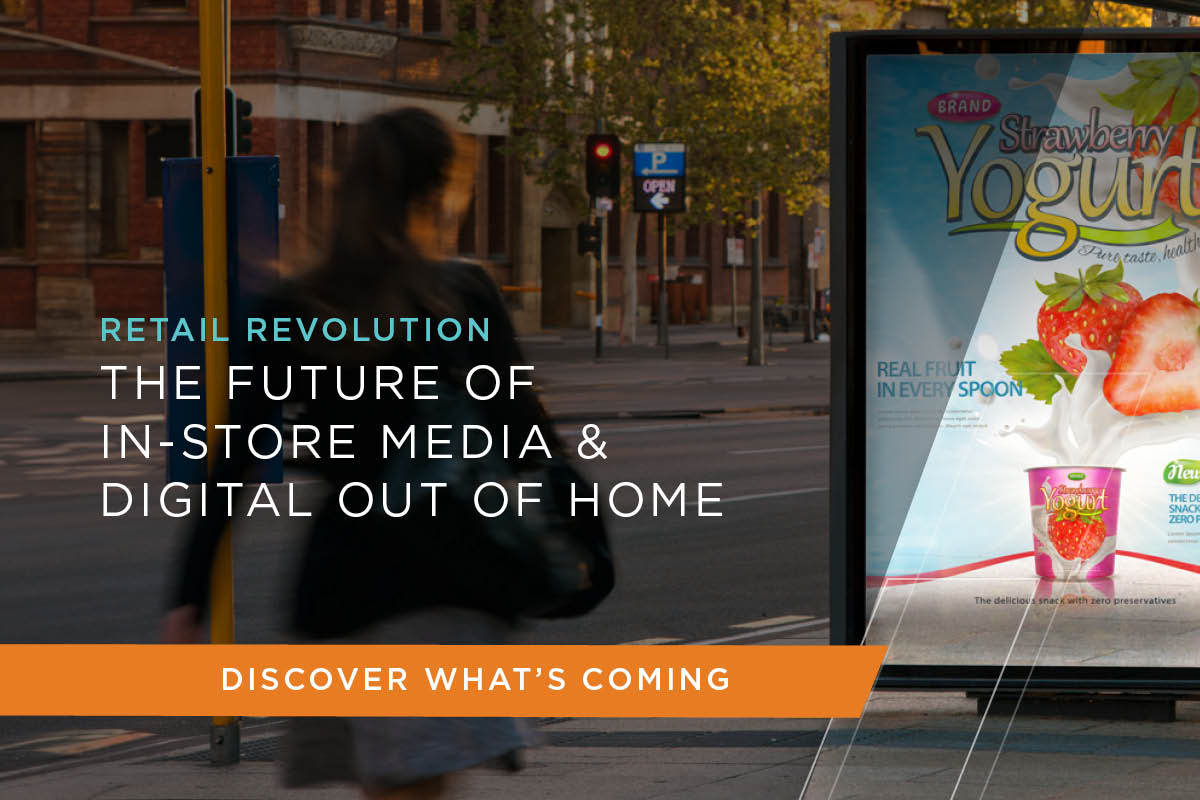Summary
COVID-19’s impact on the world is immense, and consumer loyalty has not been immune. In fact, the pandemic has done a lot to uncover what consumers truly care about. While consumers often prefer one brand over others, that preference doesn’t necessarily equate to loyalty — especially when other factors are involved.
Under normal circumstances, loyalty means purchasing a product regardless of the price, the competition, or the environment. That definition assumes that all other factors — the shopping experience, the buyer’s interests and shopping intent, and the product’s availability — hold constant.
When the pandemic hit, all bets were off.
Suddenly, shoppers were only as loyal as a retailer’s product selection and buying options allowed. When the neighborhood store stopped stocking certain items — either because of supply chain issues or pantry loaders overbuying — consumers could either shop elsewhere or pick a comparable brand within the category. Some shoppers chose to go completely online, without regard to the availability of their favorite brands, because of concerns about visiting brick-and-mortar stores. Quite a few stores offered buy online, pickup in store (BOPIS) and curbside options to entice consumers to shop locally instead of turning to e-commerce retailers.
Ultimately, consumers had made their point: Convenience and concerns about the virus seemed to outweigh our standard notions about loyalty.
In truth, loyalty has started to become more of a brand preference — or a category loyalty. Loyalty seems to begin and end with what’s in stock and who can give it to us in our desired manner, a shift that will likely continue after the pandemic. Consumers are morphing into an “omnidexterous” bunch that gets the products they need with little regard for loyalty.
The brands and stores that thrive will be those that manage to adapt to this new normal and reset what they offer to maintain relevance, consumer-centricity, and market share.
Reimagine Loyalty to Envision Your Reset
With consumer loyalty trends in an almost constant state of flux, this is a great moment to reset and refresh consumer engagement strategies. That means learning how to adapt quickly and responding to consumer needs during this pandemic and beyond. Put shoppers first, and they’ll return the favor with increased loyalty. Don’t test their willingness to switch brands by doing anything less.
During these uncertain times, what can you do to put consumers first? Here are three great places to start:
1. Communicate what’s available — because consumers are watching.
While shoppers will make the necessary sacrifices and adjustments as circumstances dictate, there are reasons why particular brands are their favorites. If you can find a way to lower the barriers to accessing those products, they’ll come back for them.
That could be as simple as making sure your loyal consumers are notified when certain products are in stock. Data should be your guide when stocking shelves, and you can then use your findings to target customers who are partial to brands or products that your store carries (or did carry). Connect your email and promotional messaging to the subset of retailer loyalty card members who frequently purchase these products. You could also connect advertising messages to your supply chain data streams to turn ads on and off based on in-store availability of particular brands or products.
Setting and delivering on the expectation of timely information and helpful communication establishes your brand as a trusted resource, further strengthening brand loyalty. Show consumers that they can trust you to provide information about their preferred brands and to offer a smooth and convenient consumer experience whenever possible.
2. Offer deals to entice shoppers to come back.
According to the “2020 Valassis Consumer Intel Report,” more than half of consumers have made an impulse purchase after receiving a coupon or discount. In other words, incentives still influence consumer purchase decisions. But don’t design a consumer incentive program targeting only those people unaware of your brand; you should also reward your brand loyalists. It’s easier than ever for brands to tailor their next coupon strategy around past consumers and their buying habits.
Continue gathering data and tracking consumer response and sentiment — but with greater regularity. Consumer loyalty trends change quickly, which means they require closer observation. Data and real-time insights put you in a much better position to pivot and adjust any messaging that no longer hits home with your target audience.
3. Find people where they are.
Right now, 82% of millennials use free-standing inserts (FSIs) found in their newspapers or mailboxes, which shows that printed ads can help serve an omnichannel approach to amplify messages and build consumer loyalty. Considering the technology habits of consumers — who are rarely far from their smartphones — digitally available discounts can be a great way to garner attention.
Double down on what’s working as a way to flesh out your engagement strategy, but don’t limit your tactics to digital channels. An omnichannel approach drills down to the heart of consumer interests, and it can dynamically adapt to connect with shoppers’ platforms of choice. For example, consumers rely on digital platforms for entertainment more than ever before. In response, a brand might want to start exploring ad-supported streaming services to boost its message and influence consumers and their buying habits.
Marketing will always be essential to keeping any brand top of mind. Even when times get tough, don’t scale back your messaging. Intensify your efforts to ensure consumers continue to put your products in their shopping carts. Incentivize purchases, monitor consumption patterns, and measure returns. Should things take a turn, you can more easily implement other marketing channels.
Whether we like it or not, this new normal defined by unique consumer preferences is here to stay. During a time when loyalty is continually redefined, do whatever it takes to make sure consumers don’t forget about your brand.



